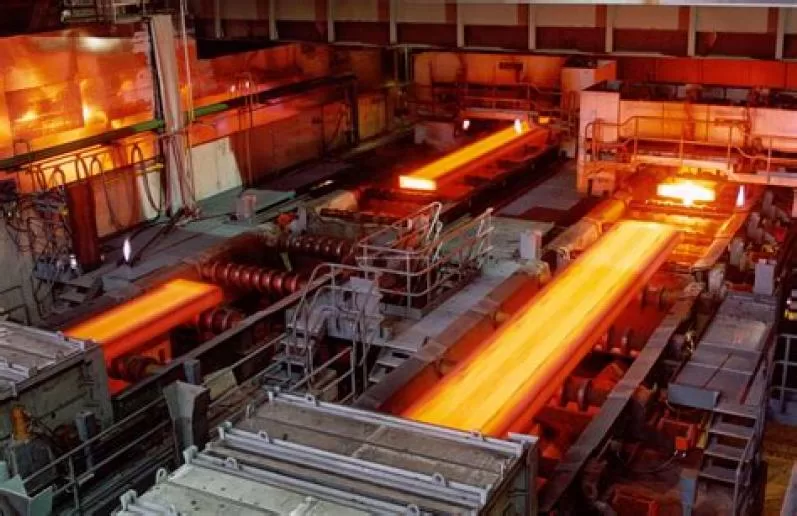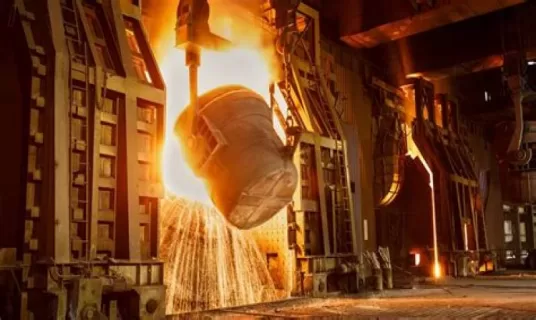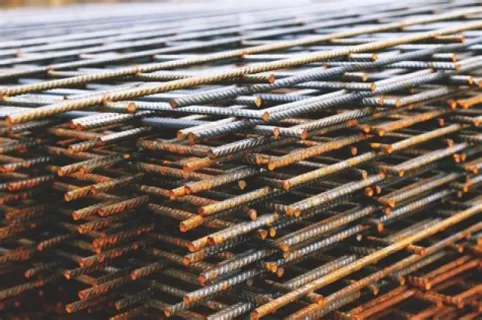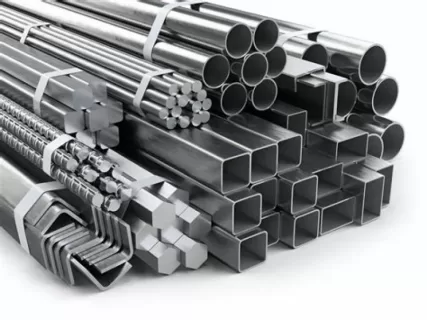Steel – the good old marvel of innovation and the go-to material for use in construction and infrastructure, is facing a test of time in the 21st century – the age of innovation, sustainability, among other things. Good old steel has seen it all, from the industrial revolution in the 18th century, to the first steel railroads, to its rising adoption in the construction industry in the 19th century, all through to the present day construction projects.
The widely used construction material comes in various forms. These are: the commonly used carbon steel in its three forms: low-carbon, medium-carbon and high-carbon steel, alloys like tool, high-strength low-alloy (HSLA) and stainless steel. With the alloys having witnessed a rise in their use in a diversified number of industries.
Outlook on the previous and current track-record
Steel has remained relevant in the construction industry mainly because of its strength, ductility, versatility and its ability to be reused without (much) loss in the integrity of its internal structure. This is however facing a tumultuous challenge with the advent of new and better materials.
Challenges currently faced
The environment and its conservation is a major global issue right now, alongside other issues. Various issues contribute to total global carbon emissions, and the mining, manufacturing and processing of steel reportedly contributes a whole 7-11% to this.
Modernization and urbanization incorporates principles like sustainability and bettered efficiency in their processes. The construction and mining industries do not fall short of this need as they are among the most pivotal drivers of this evolution. Apparently, steel is not in the best favor of these events. Its production is hurting the climate, its use does not fit perfectly to the needs of the now, “modern” and “urban” world with its smart cities, sustainable ways, and climate goals.
Speaking of sustainable ways in the “modern” and “urban” world, steel in construction has largely been sustainable in the past century because the enormous bad effects to the world’s climate and ecosystems were not as pronounced two, three centuries ago as they are today. Sustainable ways require implementations like materials being recyclable – steel has only proven one part of this; it has been able to prove its sustainability by being recyclable, but not in the process it has to undergo so as to be made “new” again.
What these challenges mean for steel
Key industry players have managed to (partially) salvage our good old steel.
To tackle its environmental impacts, they have come up with green steel. This innovation will see most of the negative environmental impacts mitigated and possibly reversed.
Circular economy, what will largely compose of recycling in layman terms, is another way to save steel. Prospects prove it to be a viable process, but the question remains: Is this process also viable for steel in the long run? Will this process ultimately be a fully closed loop so that we achieve 100 % recyclable steel?
The recycling of steel is an energy intensive process, this is what the main issue is – the carbon emissions seen in the process, alongside the fact that only about 40% of the steel presently in use is actually from recycling. The silver lining to this may be the shift to use of more eco-friendly energy sources like hydrogen, wind and solar energies.
Steel has proven to adapt to different structural needs in the industries it is most used in. Alloys present with better strength, durability, hardness and corrosion resistance compared to the traditional carbon steel. High strength – low alloy (HSLA) steel with low carbon steel and little addition of alloy elements like chromium provide better strength while maintaining a relatively low weight of the (construction) material. Stainless steel (steel with at least 10.5% chromium) presents with better performance when in conditions that would otherwise be corrosive to the more traditional low carbon steel. To exclusively cater for high – strength needs, tool steel (with tungsten, vanadium, or molybdenum alloy elements) came into the picture.
But then, just how far will steel go in the adaptability scale? Will it surpass its structural limitations and still remain safe, reliable, efficient, and economical for use?
Our question of adaptability however, is relative to the “competition” that steel is bound to face from materials with better aspects of what it features – strength to weight ratio, corrosion resistance, versatility, efficiency, economic viability etc.
What competition are we talking about? We speak of composite materials, carbon fibers, glass fibers, pultrusion technology, etc. These materials present as better suited to specific construction needs. Take carbon fiber reinforced-polymers for example, they have presented with astonishing strength to weight ratio results, proving that they not only have the what it takes to hold structures in place but that also that lesser quantities are needed for the task. That is just one area of competition that our good old steel has to match up to, more are under development and more will inevitably come.
That begs our question: Will steel lose ground to new and promising innovations and technology, or will it take its stand and continue its reign as our good old steel?




Leave a Reply